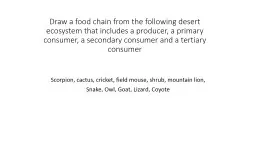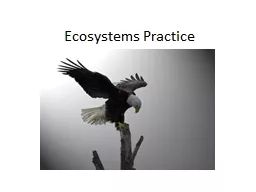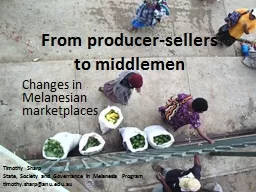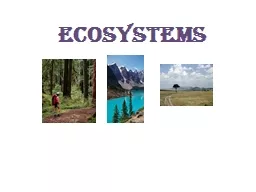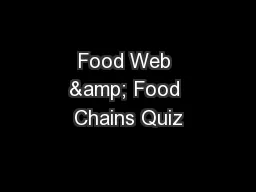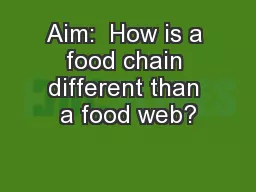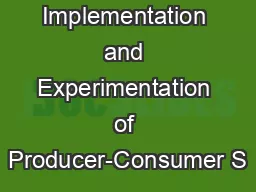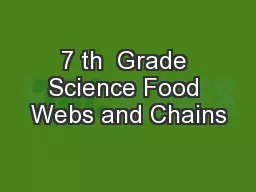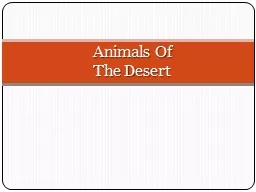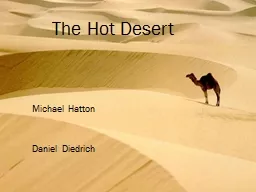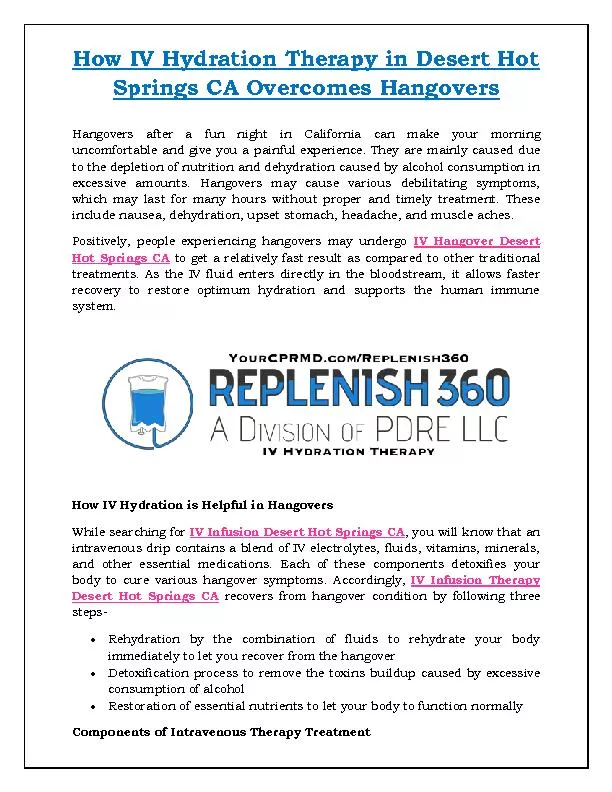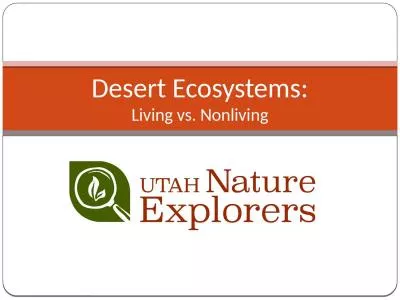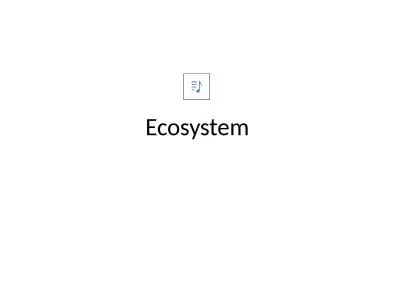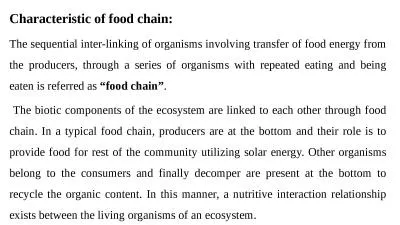PPT-Draw a food chain from the following desert ecosystem that includes a producer, a primary
Author : alida-meadow | Published Date : 2018-11-10
Scorpion cactus cricket field mouse shrub mountain lion Snake Owl Goat Lizard Coyote Make sure the arrows are going in the right direction Cactus Cricket Lizard
Presentation Embed Code
Download Presentation
Download Presentation The PPT/PDF document "Draw a food chain from the following des..." is the property of its rightful owner. Permission is granted to download and print the materials on this website for personal, non-commercial use only, and to display it on your personal computer provided you do not modify the materials and that you retain all copyright notices contained in the materials. By downloading content from our website, you accept the terms of this agreement.
Draw a food chain from the following desert ecosystem that includes a producer, a primary: Transcript
Download Rules Of Document
"Draw a food chain from the following desert ecosystem that includes a producer, a primary"The content belongs to its owner. You may download and print it for personal use, without modification, and keep all copyright notices. By downloading, you agree to these terms.
Related Documents

